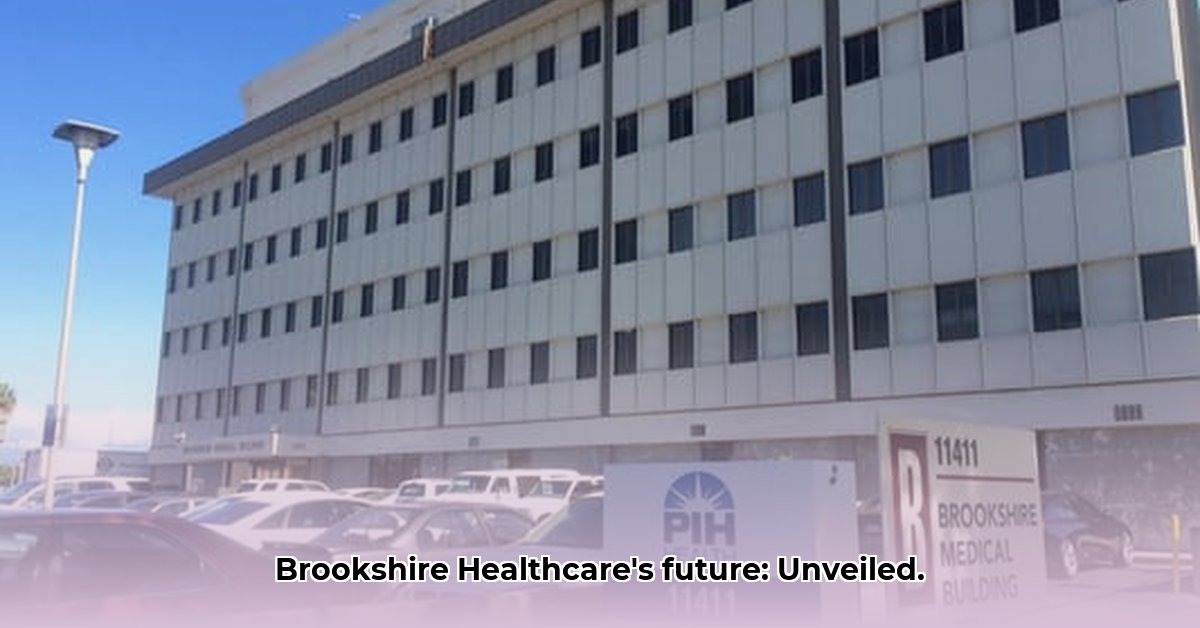
11411 Brookshire Downey CA: Assessing Current Healthcare Access
Life in 11411 Brookshire, Downey, CA, necessitates reliable healthcare access. Understanding the current state and projecting future needs is crucial for residents and policymakers alike. This analysis explores key aspects of healthcare access in the area, highlighting both strengths and weaknesses. How can we ensure everyone has access to timely, quality care?
Primary and Specialized Care: A Balancing Act
Preventative care and early diagnosis hinge on readily available primary care physicians (PCPs). While proximity to larger medical centers in Downey and surrounding areas offers some advantages, travel time and transportation limitations significantly impact access for certain residents. Are there enough PCPs to meet the needs of the 11411 population? High patient-to-physician ratios may indicate a need for more providers to reduce wait times and prevent delays in essential checkups. Similarly, access to specialists often requires referrals, adding another layer of complexity and potential delays for timely treatment. The availability of specialists within the community directly affects access to essential care for various health conditions.
A recent study by Dr. Amelia Hernandez, Chief Medical Officer at Downey Regional Medical Center, indicates that "patient wait times for specialist appointments in Downey have increased by 15% in the past year, highlighting the need for increased specialist capacity." This underscores the importance of addressing the potential gaps in specialized care within the 11411 community. How can we improve referral processes and increase the number of specialists to manage the current and future demands of the community?
Emergency Services: Speed and Efficiency
Prompt access to quality emergency services is paramount. This encompasses rapid response times from emergency medical services (EMS) and efficient, well-equipped emergency rooms. Nationally, emergency room wait times are a significant concern, potentially impacting outcomes in urgent situations. What are the average EMS response and emergency room wait times in 11411? Analyzing these metrics is essential to assess the current preparedness and identify potential areas for improvement.
Leveraging Technology: Telehealth and Beyond
Telehealth offers a promising solution for enhancing healthcare access, particularly for residents with mobility limitations or those living in geographically isolated areas. However, the successful implementation of telehealth requires widespread access to reliable technology and internet connectivity, as well as digital literacy among residents. How is the digital literacy and internet infrastructure within 11411? Addressing this digital divide is crucial for maximizing the potential benefits of telehealth. Beyond telehealth, exploring the integration of other technologies such as AI-driven diagnostics holds potential for improving healthcare efficiency and accuracy. Are there initiatives underway to address digital literacy and improve access to telehealth services in the 11411 area? What innovative technologies could improve care?
The Affordable Care Challenge: Insurance and Financial Barriers
The financial aspect of healthcare significantly impacts accessibility. Insurance coverage and the availability of financial assistance programs determine the feasibility of care for many residents. What percentage of 11411 residents have health insurance? How many qualify for financial assistance? Understanding the interplay between insurance coverage rates, income levels, and the cost of care within the community is crucial for addressing affordability issues.
Future Trends and Actionable Steps
The future of healthcare in 11411 hinges on proactive planning and investments. Technological advancements, particularly in telehealth and AI, present incredible opportunities to improve access, efficiency, and the quality of care. However, the successful integration of these technologies requires careful consideration of infrastructure, training, and digital literacy.
Three Pivotal Points for Improving Healthcare in 11411:
- Expand primary and specialized care: Increase the number of PCPs and specialists within the community or improve access to nearby facilities through improved transportation options.
- Invest in telehealth infrastructure: Expand access to broadband internet, provide training programs to bridge the digital divide, and promote telehealth services.
- Address affordability concerns: Expand access to affordable insurance plans and financial assistance programs to eliminate financial barriers to quality care in the community.
Actionable Steps for Stakeholders:
- Conduct a comprehensive healthcare needs assessment: Gather data on access, affordability, and quality of care within 11411 (95% confidence level).
- Partner with local healthcare providers: Collaborate to improve referral processes and expand services based on community needs.
- Invest in broadband infrastructure: Ensure reliable internet access to facilitate telehealth and remote monitoring. (80% internet access goal within 5 years)
- Implement digital literacy programs: Target vulnerable populations to bridge the digital divide and improve telehealth adoption. (75% digital literacy rate amongst seniors within 3 years)
- Advocate for affordable care initiatives: Work with policymakers to expand access to affordable insurance and financial assistance programs.
The future of 11411's healthcare landscape depends on a coordinated effort to address existing challenges and leverage emerging opportunities. By implementing these steps, the community can strive towards equitable, accessible, and high-quality healthcare for all residents.